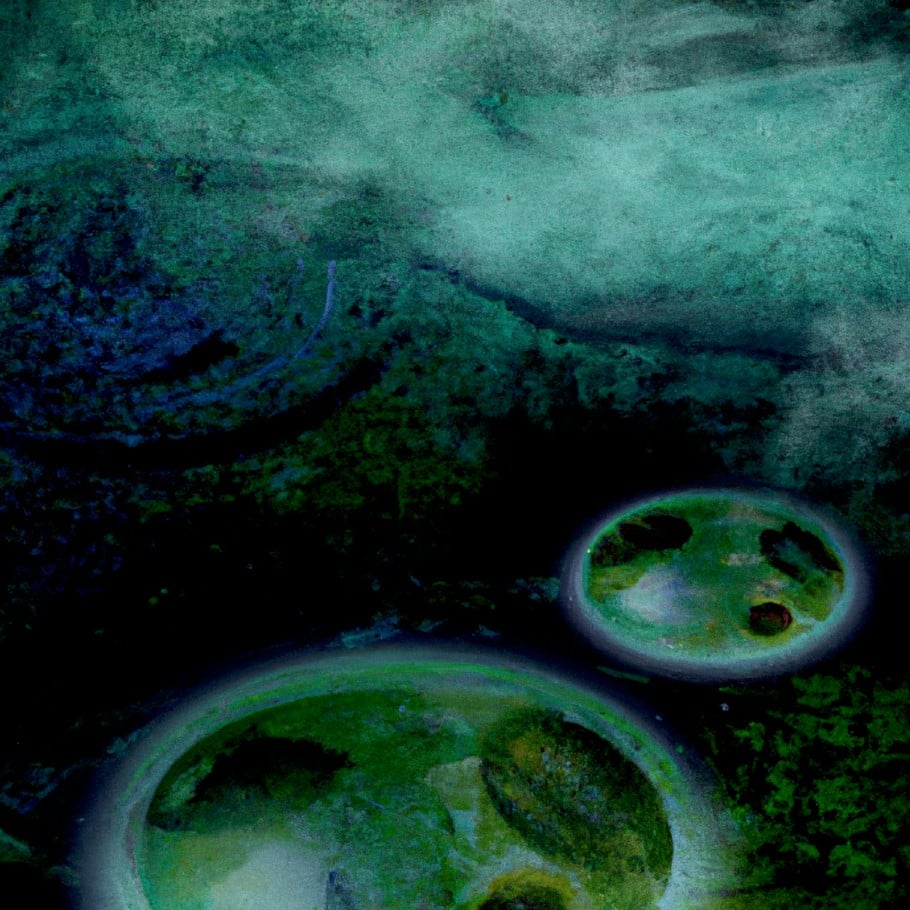In the icy gloom
where old gods sleep,
microbes lie in wait
with jealous,
frozen rage –
aching to be freed
by the warmth
of our embrace.
In ancient dreams
they writhe and thrash
dancing like ghosts,
with careless,
future selves.
Other times
they shift and thrum
against frozen,
fraying bars –
feeling for faults,
longing for change
in this warming world
where chaos creeps
and fictions melt
like ice.
This poem is inspired by recent research, which has found that ancient pathogens emerging from melting ice and permafrost risk eroding ecosystems.
The concept of ancient microorganisms being reintroduced into the environment because of permafrost thawing is no longer relegated to the realm of speculative fiction but has become a legitimate subject of scientific inquiry. There exists a genuine concern that microorganisms, including potentially pathogenic entities that have been encased in ice for millennia, could be released into contemporary ecosystems. The implications of such an event on current ecological communities and human health are complex and wide-ranging. There is a crucial need to understand whether these re-emerging microbes could potentially invade, proliferate, and disrupt present-day habitats, or whether their impact would remain negligible.
To better understand this phenomenon, a group of researchers used digital simulations to study the effects of these ancient microbes on modern ecosystems. They created a digital virus like these ancient organisms and introduced it into a simulated future community. What they discovered was that these ancient invaders often survived and even evolved within the new community. In rare cases (3.1%), they became exceptionally dominant, and in a few, unpredictable cases (1.1%), they led to considerable losses or gains in the total number of species in the ecosystem. This suggests that even with a low probability of such an event, given the large number of ancient microorganisms potentially being released, the risk is substantial. As such, this study highlights the potential of seemingly far-fetched threats to become real influences on ecological change.

